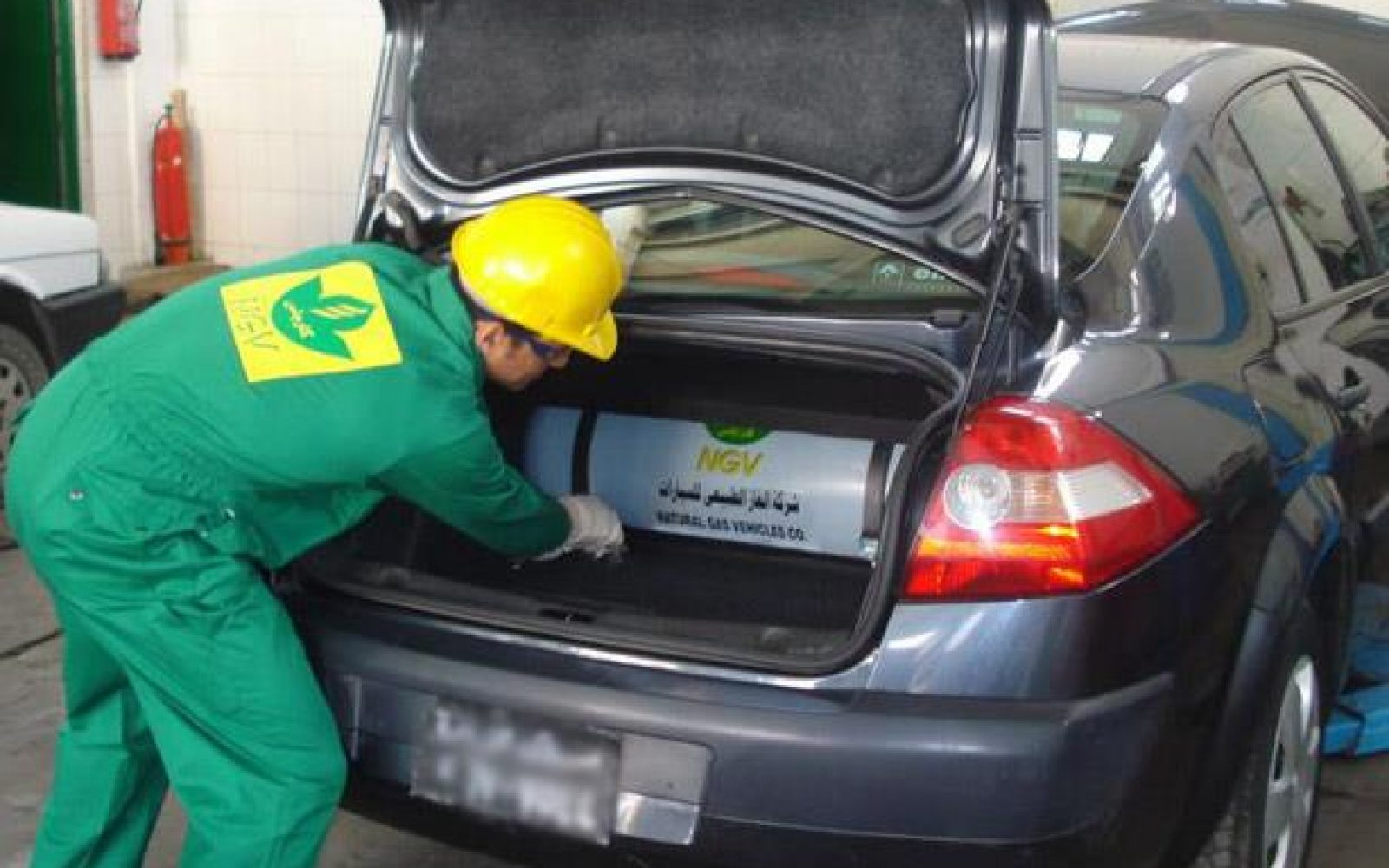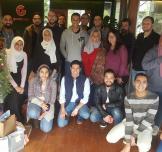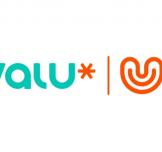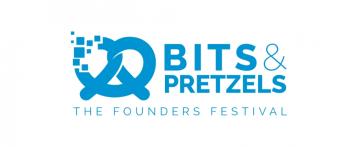2020 in review: How adaptation enabled certain industries, instruments and businesses to thrive — even amid covid-19 uncertainty

2020 in review: How diversification and digitization guided infrastructure in 2020 and may continue to do so in 2021: In part 1 of our Year in Review, we looked at how infrastructure businesses, particularly in energy, construction, and shipping, were hit by covid-driven supply chain disruptions, while businesses like ride-hailing saw demand lessen amid social distancing. Now in part 2, we look at digital infrastructure and diversification — two other big themes for the year.
By adaptation we mean digitization and diversification. From e-commerce, fintech, and e-payments, digitizing basic services was a big theme of 2020. We’re also seeing moves on that front in our electricity infrastructure as we transition towards a smart grid. Meanwhile, we’re seeing diversification become a major theme in infrastructure, especially with regards to our transition to natural gas, and the move towards diversifying our funding of infrastructure.
The explosion of digital payments by the numbers: This boom in digital payments, fintech and e-commerce is being witnessed across all metrics this year. Ceilings on contactless transactions have doubled since the start of the pandemic, allowing consumers to make contactless payments for larger purchases. Between the beginning of the outbreak and June, e-commerce sales in Egypt shot up 80%, Jumia Egypt CEO Hisham Safwat said at the time. 15% of businesses in Egypt reported more online sales now than before the pandemic, according to a survey by Facebook, the World Bank, and the Organization for Economic Cooperation and Development.
Meanwhile, the number of mobile wallets in Egypt has jumped at least 17% to 14.4 mn between March and October as the pandemic boosted digital payments, the National Telecom Regulatory Authority said in a report last month. The number of e-payment cards in use also rose 7% in the first six months of 2020, rising to 39.6 mn from 36.7 mn at the end of December, according to CAPMAS data from September. The figure includes credit cards, debit cards and prepaid cards. There were 18.28 mn prepaid cards in use by the end of June.
In addition to usage, we’re seeing an expansion in the types of services being offered. We’re seeing traditional banks such as Banque Misr extending banking services through apps such as Masary, including QR code payments, Meeza card services, and accepting e-payment cards. Fawry and Banque du Caire, meanwhile, have set up an instant remittance transfer service through Fawry outlets. We’re also seeing a series of partnerships since the covid-19 crisis between education providers and e-payments and e-finance companies to facilitate tuition payments.
The lesson from startup land was clear: Businesses that reduced face-to-face contact through digitization fared well. Delivery services and healthtech startups saw a substantial increase in demand, with daily orders at online pharma app 3elagi having doubled or even tripled by late April. Digital healthcare platform Vezeeta accelerated the launch of its new telehealth service by several months, helping to plug a gap as physical consultations decreased. It was no different in infrastructure-based startups, such as digital trucking marketplace Trella, which found that as covid concern grew, clients became much more amenable to digitizing payment mechanisms and documents used to transfer equipment, like proof of delivery.
Even electricity is set to be transformed by a digital shift: Egypt’s electricity generation capacity far outstrips network transmission capacity, creating a huge oversupply while failing to fully eradicate persistent power cuts. The national grid itself relies on outdated technology that incurs major maintenance costs and makes identifying the causes of interruptions difficult. So the Electricity Ministry plans to turn the old grid into a smart grid that incorporates digital technology into the traditional electrical system. It lets electricity distribution companies analyze big data on consumption using IT infrastructure embedded into control centers. This maximizes the efficiency of electricity usage, and lets engineers monitor performance and anticipate problems. It can also offer mechanisms for electricity storage.
Plans to set up the smart grid moved forward this year: 15 smart control centers out of a planned 47 were set to be rolled out, with Schneider Electric having snapped up four of them for EGP 4.7 bn as of mid-August.
Perhaps the biggest move in diversification this year was our natgas transition: This year saw one of the most ambitious infrastructure turnarounds, as Egypt looks to move all passenger cars to run natural gas in a bid to drastically cut fuel costs while bringing a reduction in Egypt’s oil imports, and less pollution. The first phase of the plan would see some 250k old cars taken off the road and outfitted with dual-fuel engines by the end of 2023 in Cairo, Giza, Alexandria, and Qalyubia. Initial estimates suggested the program will ultimately see an estimated 1.8 mn cars converted or replaced at a cost of EGP 320 bn, officials told us back in July. The plan will run on three tracks:
#1- Setting up the infrastructure: At least another 366 natgas stations will be opened by the government at a cost of EGP 6.7 bn over the next two years, Trade Minister Nevine Gamea said. In tandem, the government is considering reviving Safi Misr, a state company that will partner with Italy’s Landi Renzo, with the aim of accelerating the establishment of conversion and fuel stations. The government is also looking to foreign companies to help expedite the conversions of cars to natgas.
#2- Providing financial incentives to transition: The Trade and Industry Ministry, CBE, and the MSME Development Agency is setting up financial incentives to fund the program, offering EGP 1.2 bn in low-interest loans to owners of vehicles over 20 years old, while those with younger vehicles can access zero-interest finance to outfit them with new engines.
#3- Getting auto assemblers on board: Currently there are several models of locally-assembled passenger cars and microbuses that use natural gas by Chevrolet, Hyundai, Lada, and BYD. But in order to buy into the plan further, auto players had been asking for further incentives back in August. There now appears to be plans for dual-fuel cars assembled locally to be in line for value-added tax and customs breaks on inputs. We’re now hearing that carmakers Toyota, Foton, and Jinbei are expected to begin locally assembling natgas models in 2021, officials tell us. Meanwhile, Brilliance Auto Group is in talks with its parent company, HuaChen Group Auto Holding, about potentially participating with locally-assembled microbuses. An expo inviting private sector companies to join in on the effort is scheduled to take place in January 2021.
Infrastructure became the testing ground for our debt diversification strategy: In September, Egypt sold its first green bonds — a component of the Finance Ministry’s debt diversification strategy — listing USD 750 mn in green bonds on the London Stock Exchange. Based on the Finance Ministry’s Green Framework, green bonds are set to be a main source of funding for some of our most important upcoming and existing major infrastructure projects. These include clean transportation, renewable energy, pollution prevention and control, climate change adaptation, energy efficiency, and water and wastewater management.
Will corporate green bonds follow next year? As we’re seeing with sukuks, a number of companies have been exploring buying into this new instrument. CIB was supposed to be the first to test the water with a USD 65 mn offering in collaboration with the International Finance Corporation (IFC) in 3Q2020. The proposal would have seen the IFC invest USD 65 mn in the first tranche of the five-year bonds. If successful, the IFC will bring its investment up to USD 100 mn in another tranche. It is unclear whether the offering will go ahead in 2021. Meanwhile, BariQ, Raya’s recycling unit, is expected to take its green bonds to market in early 2021.






































































EgyptInnovate site is not responsible for the content of the comments